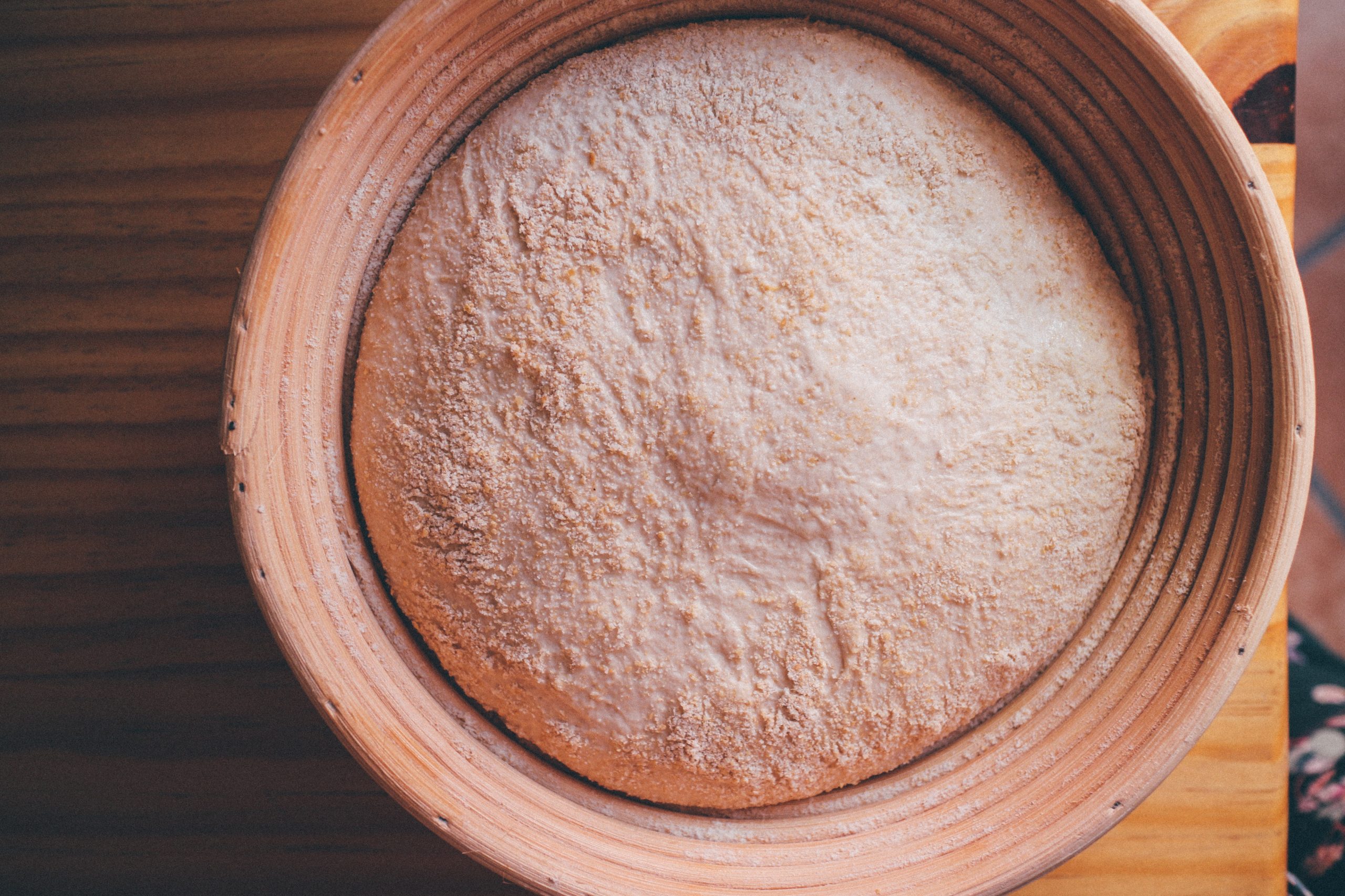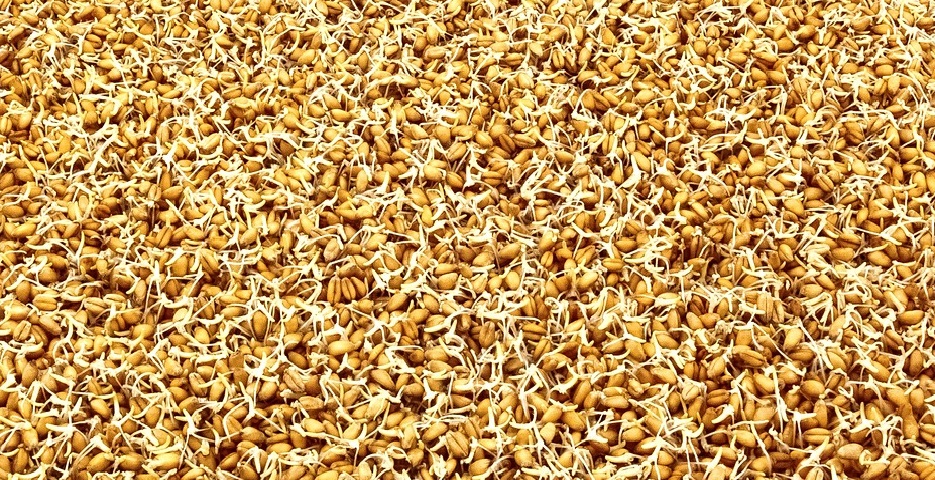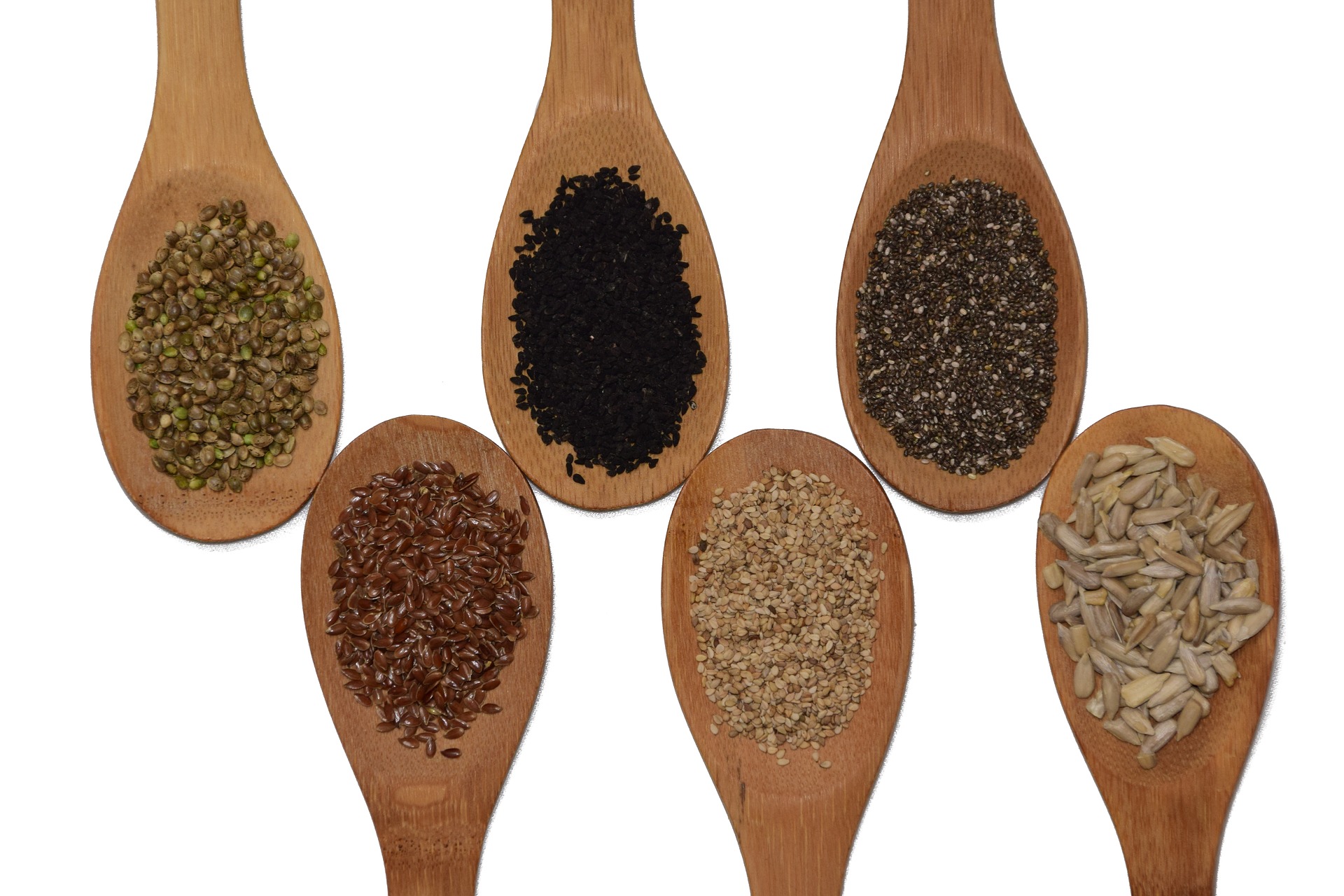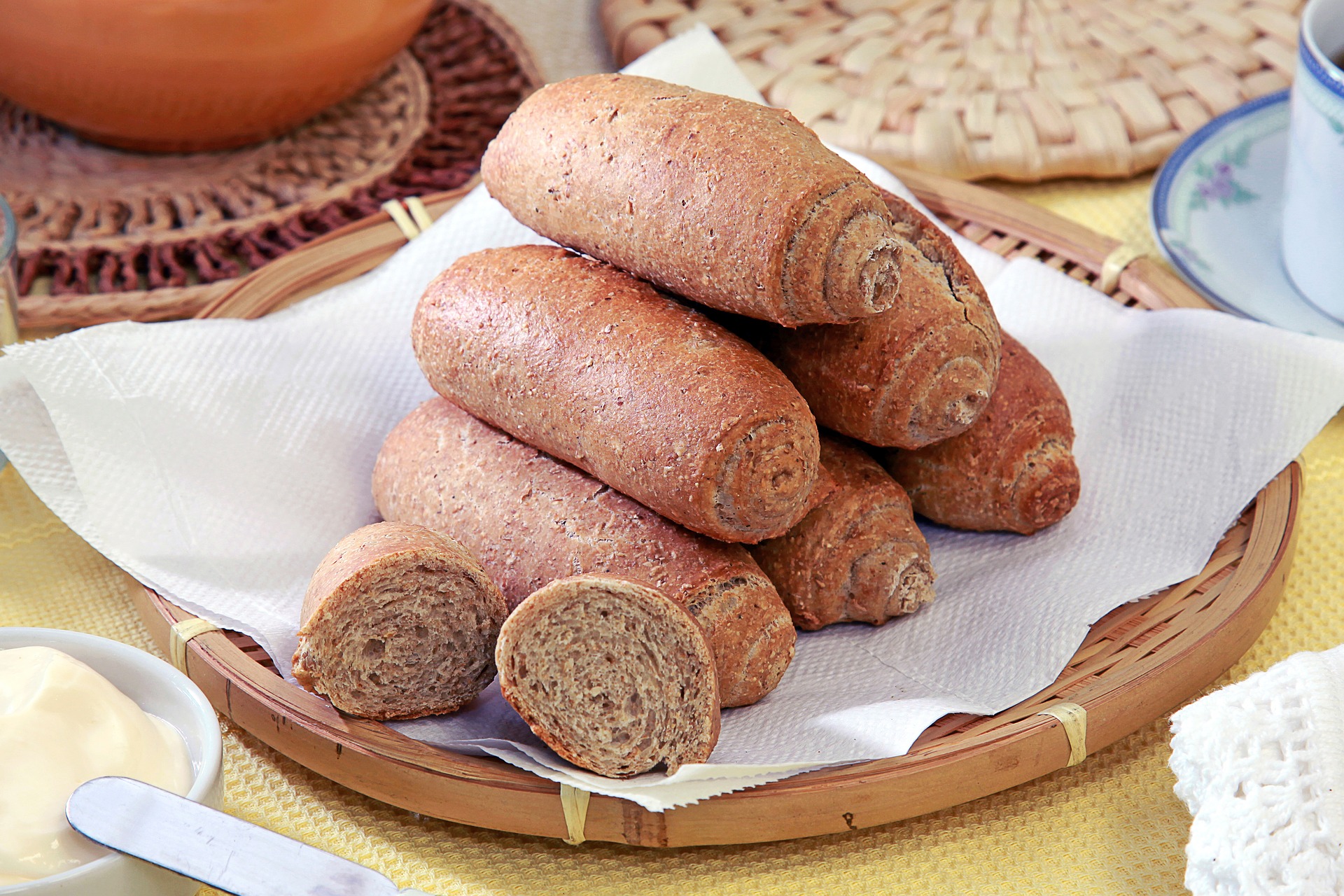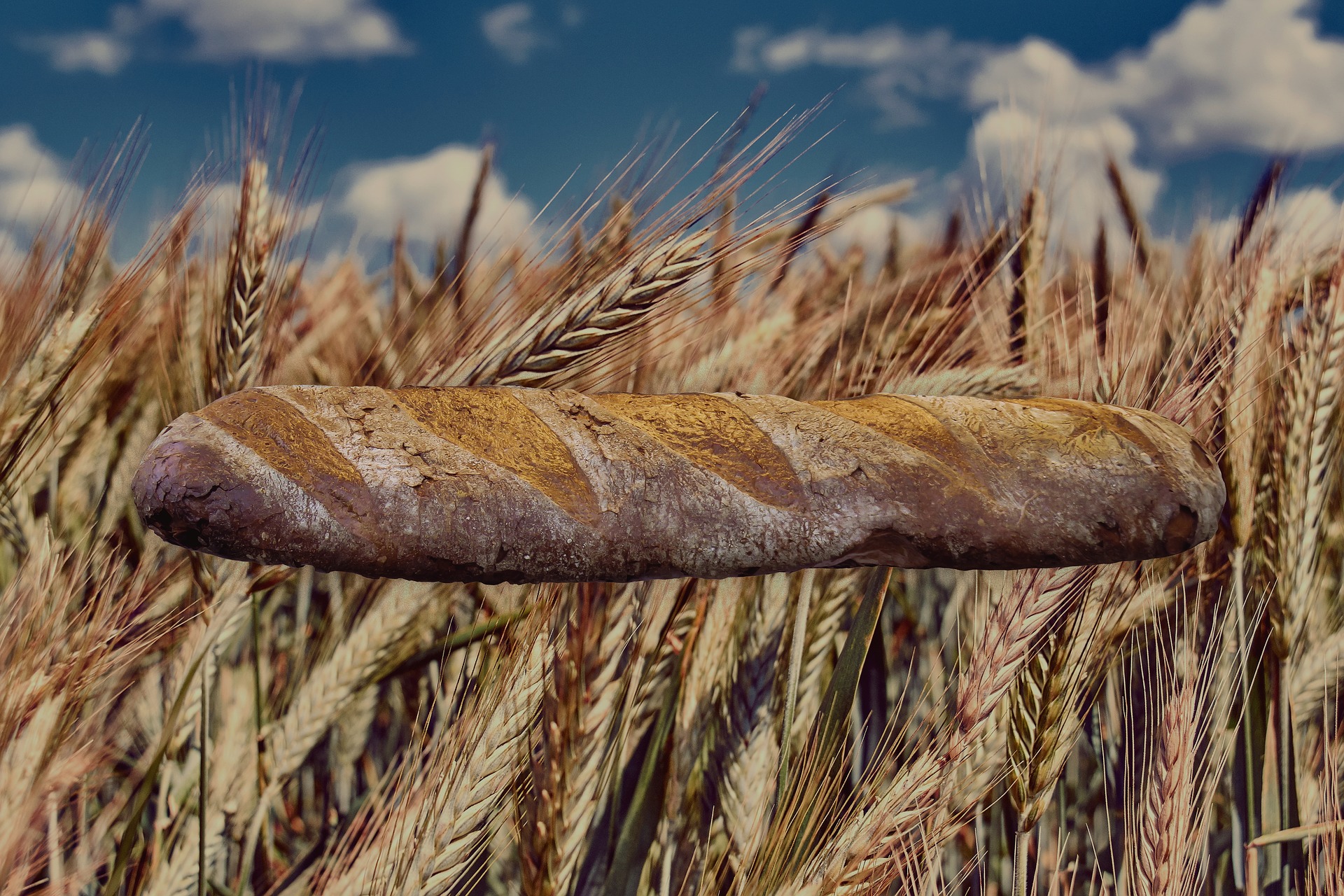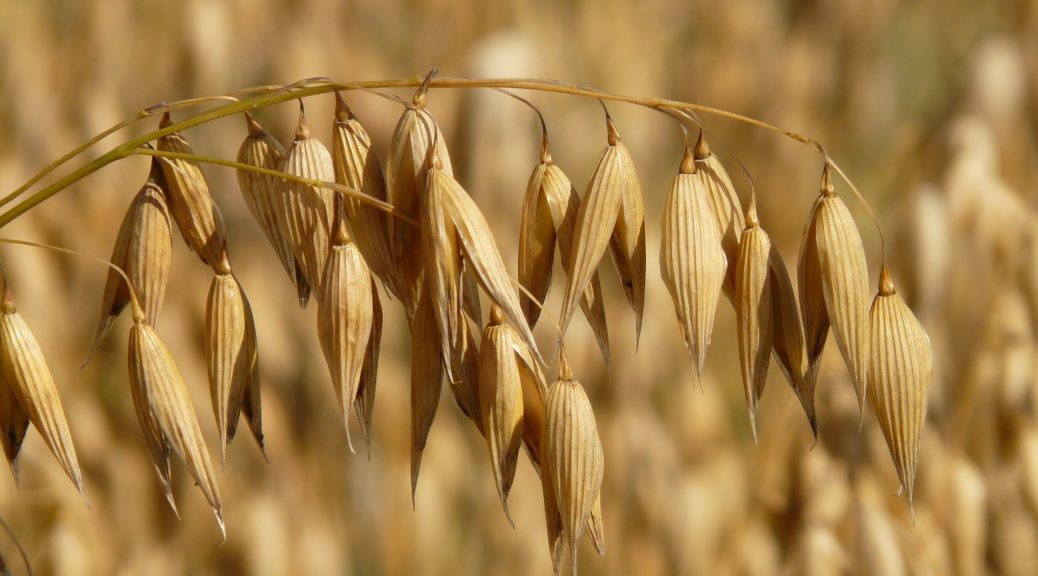Flour Fortification (or Enrichment)
Flour fortification is the practice whereby flour is mixed with certain substances of nutritional interest. Why? Answering this question is not as straightforward as it may seem, and it is first necessary to delve into history. Flour fortification, at least when mandated by law, originated in England during the Second World War. The English government realized that a portion of the population was at risk of suffering from certain nutritional deficiencies due to the scarcity of certain foods. To address…

